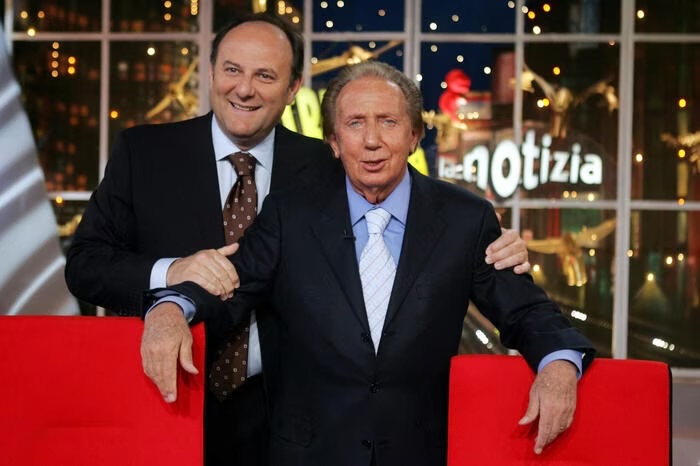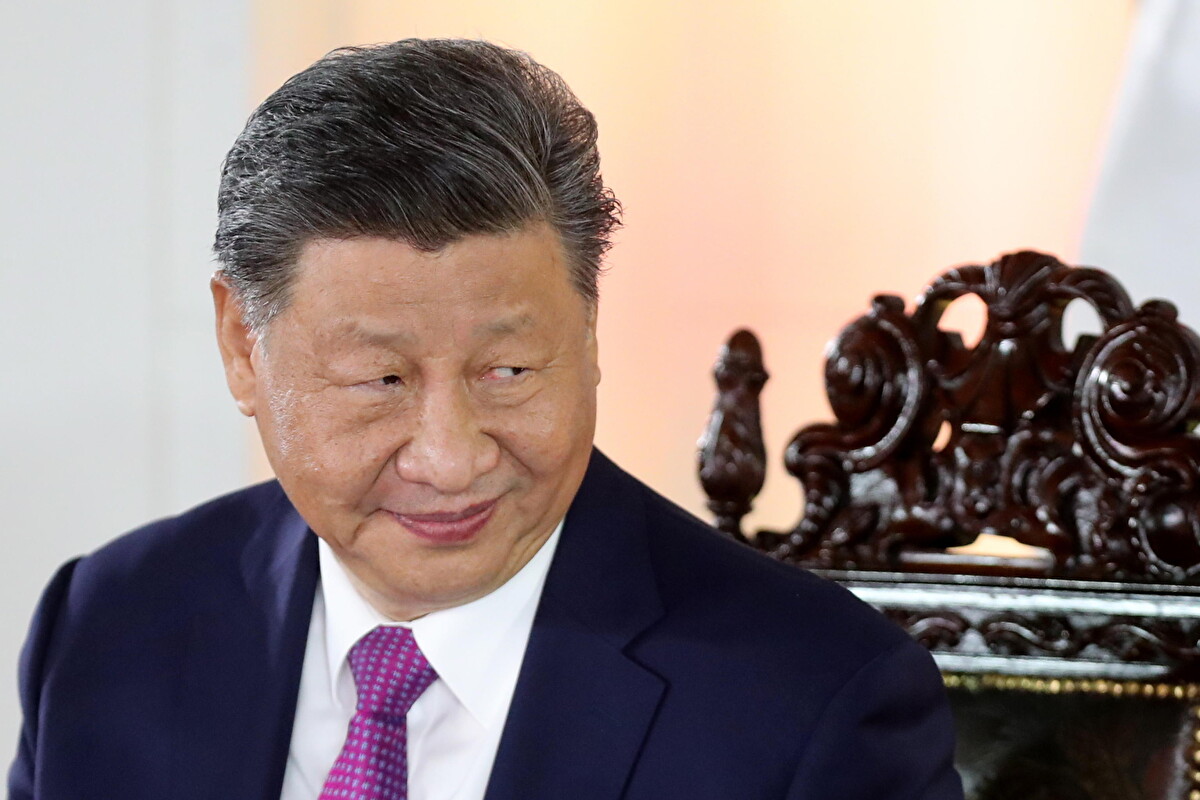On the centenary of his birth, Milan is honoring one of its adopted sons, Mike Bongiorno, with the exhibition “MIKE BONGIORNO 1924 – 2024.” Opening from September 17 to November 17 at Palazzo Reale, the exhibition offers a unique opportunity to explore the life and career of Italy’s most beloved television presenter, a man who not only shaped the history of television but also left a lasting mark on Italian culture.
Mike Bongiorno was more than just a TV host. He became a cultural symbol, a pioneer who helped define Italian television from its very inception. His impact was so profound that his shows brought together millions of Italians, turning living rooms, bars, and even cinemas into gathering spaces for watching his broadcasts. Now, 100 years after his birth, the city of Milan is celebrating his legacy with an exhibition that goes beyond nostalgia, diving into both his public persona and his personal story.
The exhibition isn’t just a retrospective but an immersive experience. Visitors will find themselves walking through re-creations of pivotal moments from Bongiorno’s career and Italian history. Among the highlights are an American radio studio from the 1940s, recalling Bongiorno’s early broadcasting days in the United States, and a 1950s bar—a scene familiar to those who remember crowds gathering to watch his hit quiz shows. The iconic red-and-white booth from Rischiatutto, one of his most famous programs, has also been recreated, giving visitors the chance to step into the shoes of both contestant and host. There’s even a scaled replica of the wheel from La Ruota della Fortuna.
The exhibition showcases a trove of personal and professional artifacts—many on display for the first time—thanks to the efforts of the Mike Bongiorno Foundation. These include personal documents, rare photographs, original scripts, and memorabilia from his long career. A video introduction by media historian Aldo Grasso sets the tone, offering insights into Bongiorno’s significance in shaping Italian television.
But beyond the sets and memorabilia, the heart of the exhibition lies in its biographical footage, much of it narrated in Bongiorno’s own words. These clips trace his journey from his childhood in Italy, to his time as a partisan courier during World War II, to his years in an American concentration camp, and ultimately his rise to stardom in both American and Italian broadcasting. His American experience was crucial in shaping his approach to television, and he is credited with importing the quiz show format to Italy.

Bongiorno’s career reads like a history of Italian television itself. He was the first face to appear on Italy’s public television when it launched in 1954, with the mission of entertaining a nation recovering from war. His quiz show Lascia o raddoppia? became a cultural phenomenon, turning everyday Italians into national celebrities and captivating audiences across the country. It was a show so popular that cinemas would interrupt film screenings to broadcast it, and Bongiorno’s influence on Italian culture only grew from there.
In the 1980s, Bongiorno made another pivotal contribution to Italian media by becoming one of the faces of private commercial television. At the invitation of Silvio Berlusconi, he became the star of TeleMilano 58, where his expertise in American broadcasting formats helped him navigate the new world of advertising-driven programming. His ability to adapt to the fast-paced, commercial world of private television solidified his place as a trailblazer in the industry.
The exhibition also explores Bongiorno’s role beyond television. He hosted 11 editions of the Sanremo Music Festival between the 1960s and 1997, and his legacy continued even after his passing, with other hosts reviving his shows to great success. In his later years, Bongiorno enjoyed a career renaissance thanks to his partnership with comedian Fiorello. Their on-screen chemistry revealed a lighter, more playful side of Bongiorno, making him a hit with a new generation of viewers.
The exhibition is divided into 12 sections, each highlighting different aspects of Bongiorno’s life and career. These sections trace his journey from his early years in New York and Turin, through his time as a partisan during the war, to his role as the first voice of Italian television, and his eventual status as the “Quiz King.” His shows like Rischiatutto and La Ruota della Fortuna are given their own dedicated spaces, as are his later years in commercial TV, and his enduring influence on the medium.











